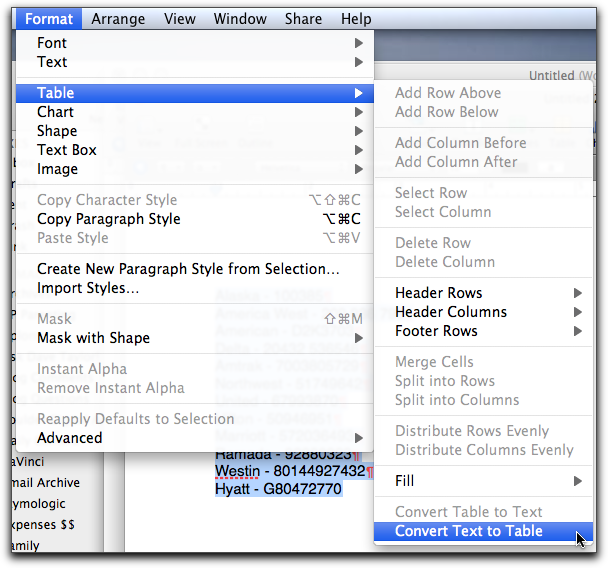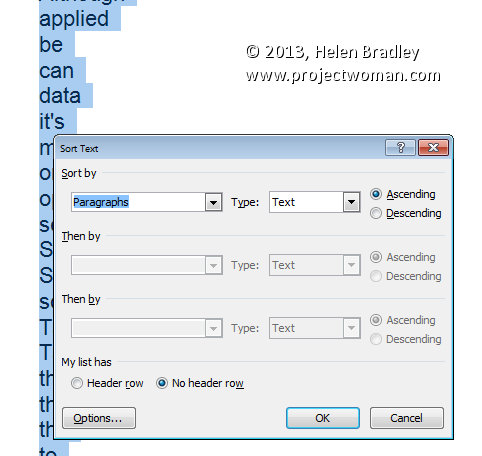
Sorting variables will rearrange the order of the variables (columns) in your data. This syntax performs the same sort shown in the screencap above (sort by ascending class rank, then descending birth date). Note: SPSS considers missing values the "smallest" value, so they will appear first if sorting in ascending order, and will appear last if sorting in descending order. In this example, cases have been sorted according to class rank, and then sorted by most to least recent birthdate. You can check that your cases were sorted correctly by visually inspecting the data in Data View. (Optional) If you wish to save your newly sorted data to a new file, select the Save file with sorted data check box in the Save Sorted Data area. Then click File to specify a name and location for the new dataset file. Notice that an “(A)” appears to the right of variables that will be sorted in ascending order, and a “(D)” appears to the right of variables that will be sorted in descending order. That is, the birthdates will be sorted within each category of class rank. In this example, the data will first be sorted by class rank in ascending order, and will then by sorted by birthdates in descending order. Click on the variable in the Sort by box to highlight it, then click the radio button that corresponds to your sort order choice. In the Sort Order area, you can choose an “Ascending” or “Descending” sort order for each variable in the "Sort by" list.

You can click and drag the variables to reorder them within the Sort by box. If you are sorting by two or more variables, then the order that the variables appear in the "Sort by" list matters. If you want to sort your data with respect to two or more variables, or if you want to have the sorted data written to a new file, you'll want to use the Sort Cases procedure:ĭouble-click on the variable(s) you want to sort your data by to move them to the Sort by box. In the Data View, you can quickly sort your data with respect to a single variable by right-clicking on the variable name and selecting Sort Ascending or Sort Descending. If the original order of your rows is important, make sure you have a variable of that specifically and uniquely identifies the correct order of the cases first! That way, you can return to the original row order by sorting on the "order identifier" variable. Once you sort the cases of a dataset, it is not possible to "un-sort" the data to its original order. The values for the selected variables can be sorted in ascending (smallest to largest, or alphabetical) or descending order (largest to smallest, or reverse alphabetical).
Sort in word for mac plus#
The highlighted column you just selected is automatically listed in the Sort By field box, plus the Type (Text) and order (Ascending) is also automatically selected.Sorting cases will rearrange the rows based on a given variable (or variables). For example: Click the column you want sorted, then click Layout > Sort. Sorting a single column inside a table is slightly more complicated. When the black arrow appears, click once, then hold down the Shift key and click above the remaining columns until the entire table is highlighted. Try this instead: Position your cursor over the first table column (above and outside the table). Trick: Manually selecting text can be cumbersome.

Click Layout > Sort choose the column you want to sort by in the Sort By field box check Ascending or Descending, then click OK. If you just click the Sort button, believe me, very strange things happen.įor tables, you must highlight the entire table, which reveals two new tabs on the ribbon bar: Design and Layout. Sorting all the columns of data inside a table does not work the same way as lists or columns.


 0 kommentar(er)
0 kommentar(er)
